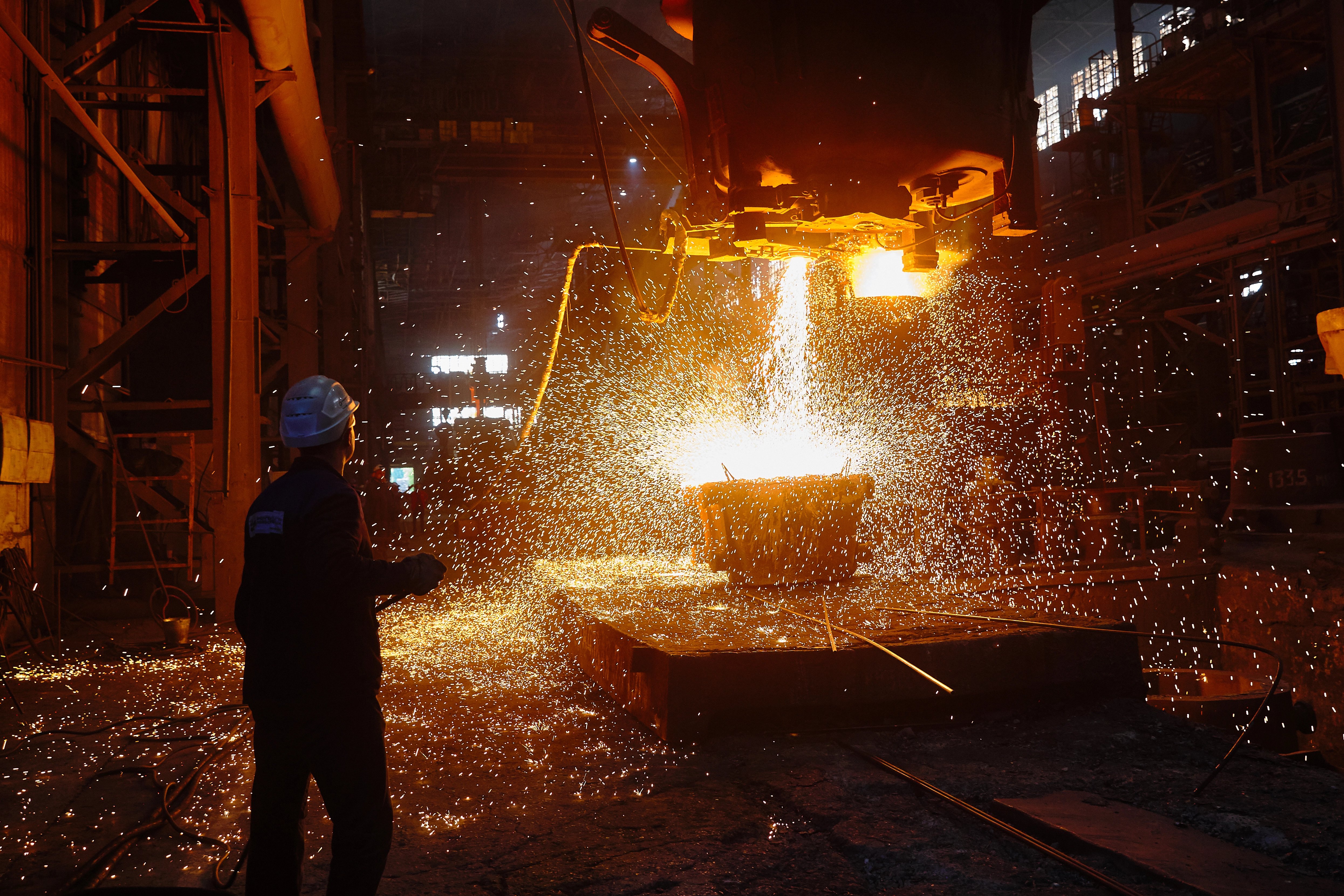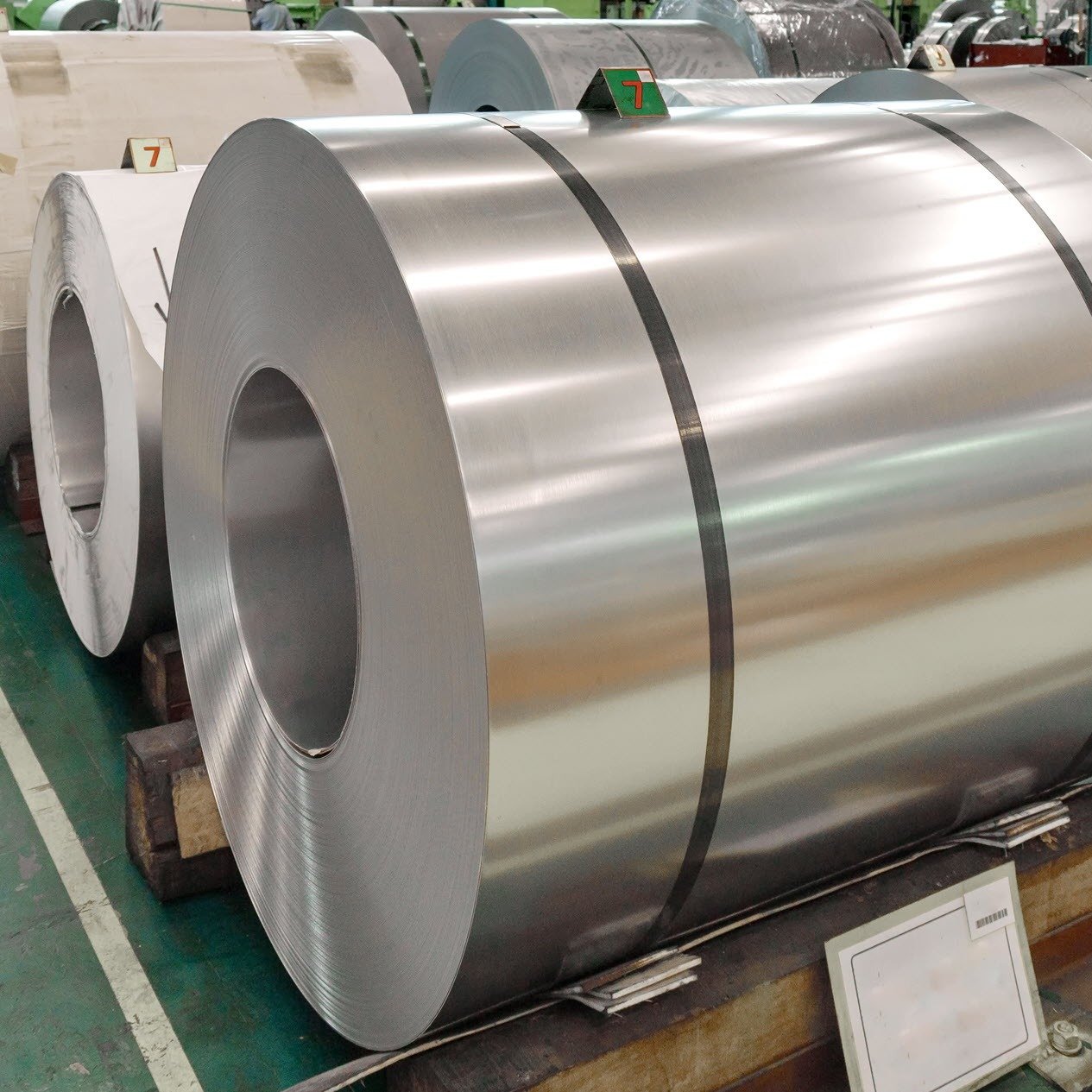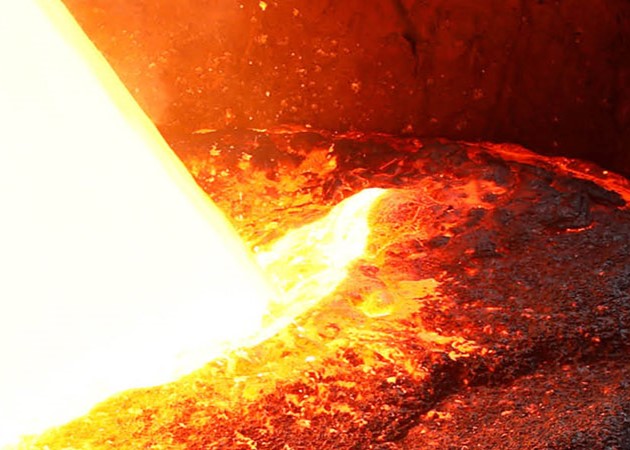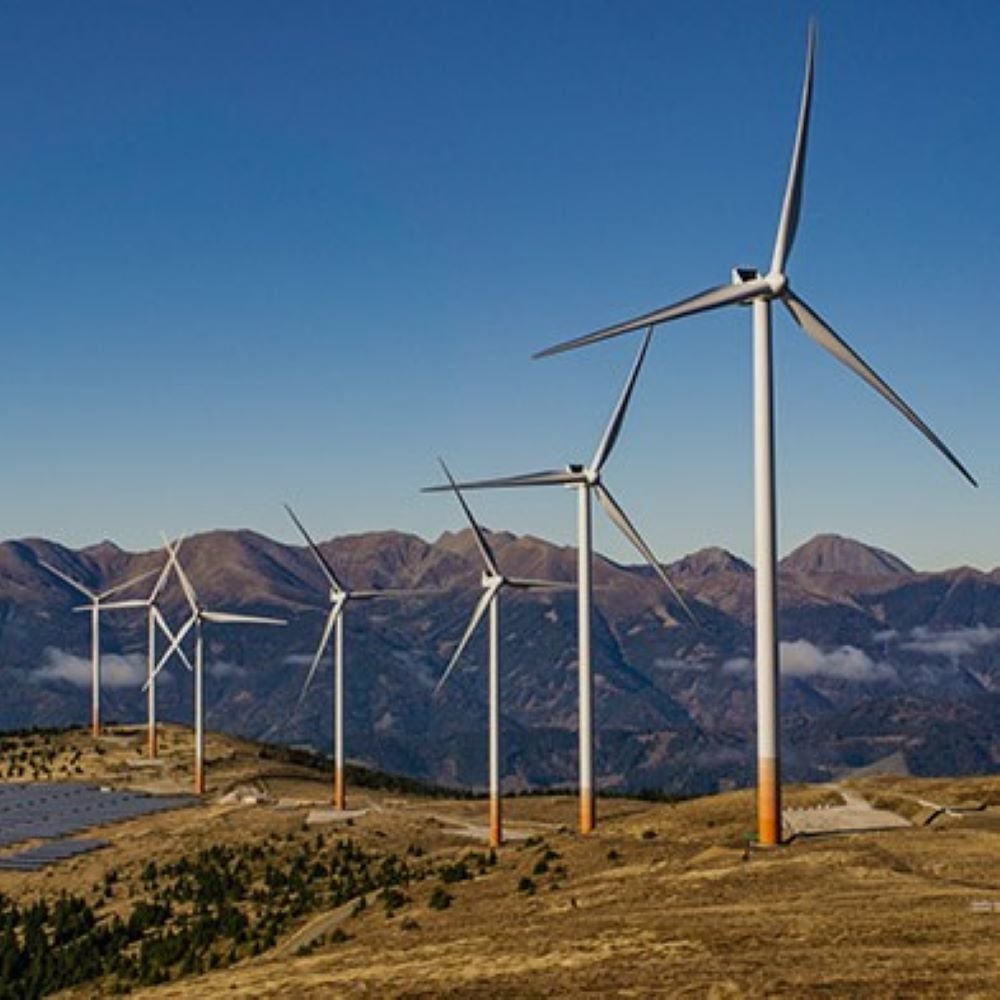This year, the European economy is set to experience an unprecedented contraction in economic activity.
The good news for the commodity sector is that the rebound in activity from lockdown lows has been rapid. Notably in the industrial sector, which by April had lost 27% of output, but has already regained ~75% of that loss. The bad news is that the growth momentum is expected to slow. CRU forecasts the industrial sector will return to pre-Covid-19 levels by 2021 Q2, quicker than the broader measure of GDP which is only expected to reach pre-crisis levels by mid-2022.
The gain after the lockdown pain
After the historic contraction in Q2, economic activity in the Eurozone is rebounding strongly: in Q3 we expect GDP to expand by 8.6% q/q, marking a substantial improvement from the low point of Q2. Following this initial strong rebound, we expect momentum to slow thereby only allowing output to return to pre-Covid-19 levels in 2022 Q2.
In Q2, the contraction was mainly driven by declines in private consumption and gross fixed capital formation (Figure 1). Similarly, net trade was a drag on growth owing to the unprecedented drop in global trade (-15% y/y in H1). In Q3, high-frequency indicators are pointing to a sharp rebound in private consumption as the easing of restrictions allowed consumers to return to spending. Consumption accounts for over 50% of GDP, so a quick recovery in private consumption means that the recovery in the third quarter will be strong. However, after this initial rebound, the path to recovery will slow. That is because we expect unemployment to increase and uncertainty about future job prospects to continue to weigh on consumers’ spending decisions. Against this backdrop, we see private consumption returning to pre-Covid-19 levels only in mid-2022.
Employment: outlook to worsen before it gets better
During the height of the pandemic, governments around Europe adopted drastic measures to limit the decline in employment as economic activity plummeted because of the lockdowns. Short-time work schemes, whereby employees are temporarily put off-work but still receive their wage (in part or in full) thanks to government transfers, have been of paramount importance. It is estimated that more than 40 million workers applied for such schemes.
Even though some countries have extended such measures until 2022 (France), or are thinking to do so (Germany), our view is that future short-time work schemes will not be as generous as previous ones, because their effect on public finances would be too severe. For this reason, as governments unwind their employment support measures, we believe unemployment is set to increase in coming quarters, peaking in the second half of 2021.
Shifting our focus to a longer-term outlook, the pandemic has (possibly irreversibly) accelerated some processes that were already taking place (such as reliance on e-commerce or remote working). These will have a profound impact on the labour market, increasing employment in some sectors of the economy while permanently reducing it in others. Against this backdrop, it is more desirable for public funds to be directed to facilitating that transition, rather than artificially preserving employment in “zombie” sectors. Countries that will prove to be more successful in doing so will secure a more prosperous future.
End-use focus: fall and recovery across sectors
Since the start of the pandemic, we have been repeating that in this recession the services sector (and consumer services in particular) will bear the brunt of this crisis compared to the industrial sector. We still hold that view, and incoming data continues to support that: latest manufacturing PMIs suggest that expansion will continue, and confidence in the industrial sector is higher than in services.
Latest data at the EU level shows that industrial production (IP) is recovering from the lockdown lows. In April, industrial production was nearly 27% lower than in its pre-Covid-19 level (i.e. February). By July most of that loss had been recovered, leaving production only 7% lower. That is a rapid rebound. Performance across different sectors, however, has varied hugely, both in terms of severity of the downturn and in the pace of recovery.
Unsurprisingly, IP in motor vehicles and trailers suffered the deepest drop due to the shutdown of plants. Despite the quick recovery, IP in this sector is still 15% lower compared with pre-Covid-19 levels. An even quicker recovery was seen in furniture, which was amongst the worst hit during the height of the pandemic (~50% output loss by April), but has virtually made up the entirety of that loss.
The only bright spot comes from IP in electronics and optical products, whose positive performance was driven by strong consumer demand. Lockdowns have changed dramatically how we live, more time at home has altered our spending habits: consumer durables in the electronics sphere (TVs and computers) have benefitted enormously.
EU Recovery Fund: material, for some
The EU Recovery Fund, agreed by EU leaders in July, provides fiscal support to member states to “address the challenges posed by the Covid-19 pandemic”. It has a size of 750 billion EUR and it is composed of loans and grants, that will be disbursed to member states after their proposed recovery and resilience plans are approved by the European Council. While the bulk of the funds (70%) need to be committed in 2021-22 and the remaining 30% in 2023, there is still ample uncertainty as to when these funds will be spent. For the purposes of our forecasts, we have assumed that the stimulus provided by the EU Recovery Fund will mainly be concentrated in the second half of 2021 and in 2022. Underpinning this view is the conviction that national governments will strive to spend the funds as soon as possible to reap the electoral benefits that significant fiscal stimulus entails.
The criteria to allocate the EU Recovery Fund to member states were put in place to benefit more the countries in which the economic impact of Covid-19 was greater. For some, notably Spain and Italy, the grants portion of the fund will be material (Figure 4) and will play a big role in stimulating the economy.
Slowing momentum ahead, but resilient industrial sector
Economic activity has picked-up substantially as lockdowns in Europe eased. This is in line with what we expected and had presented in a summer webinar. We are now entering phase III of the pandemic, what we had defined in July as the “long-slog”. Momentum is expected to slow, thereby delaying the return to pre-Covid-19 output levels to mid-2022. While this is bad news, the good news is that the industrial sector is expected to outperform the broader GDP measure and return to pre-Covid-19 levels a year earlier, by 2021 Q2.

















